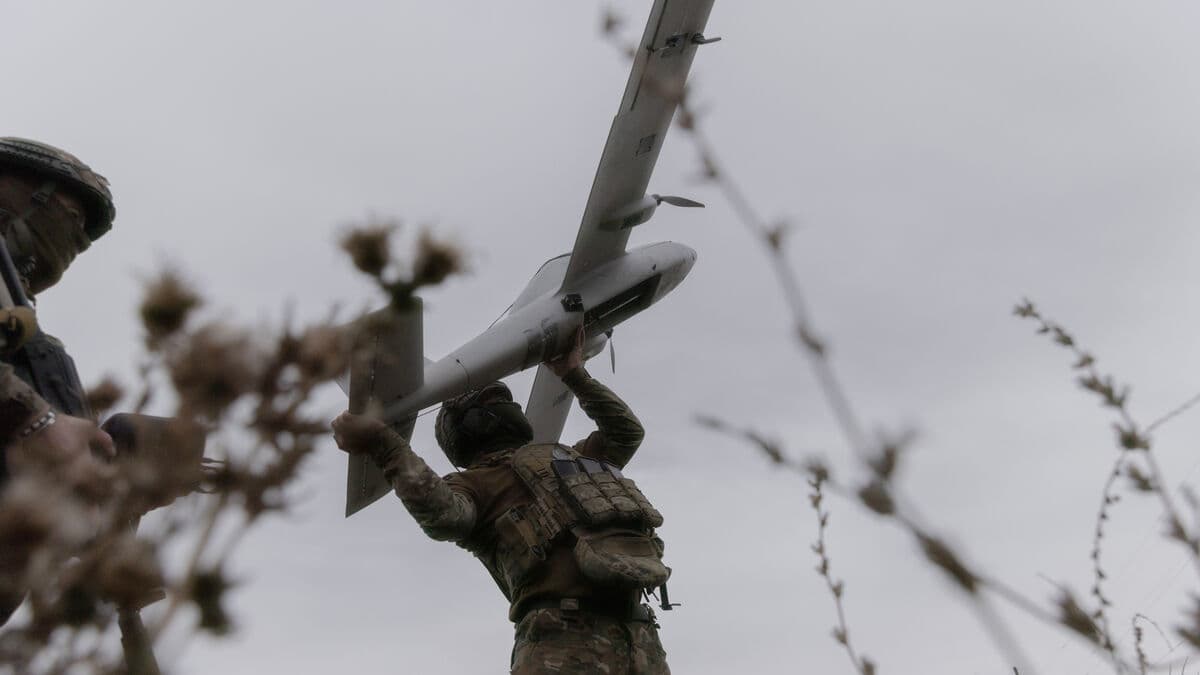On more than 30 occasions since the beginning of August, Ukraine has attacked Russia with unusually large swarms of drones. And the Ukrainian counterattacks – which are primarily aimed at Russia's oil facilities and power grid – seem to be having the intended effect.
Production at Russian oil refineries has fallen by nearly 10 percent in recent weeks, according to several analysts who have spoken to AFP.
For the Russian car owner, the price of gasoline at the pump has risen, according to what Russian authorities report. The government in Moscow has decided to restrict oil exports, with a risk of shortages at home.
Believe in export stop
The situation is likely to worsen as Ukraine becomes better at attacking Russian refineries, says SEB analyst Bjarne Schieldrop to AFP.
Schieldrop predicts that Russia will have to completely stop exports and introduce rationing for Russians.
Despite tightened Western sanctions and a raging war, Russia has been able to largely reorient its imports. It is still the third largest oil-producing country, exports the second most, and makes bigger deals with India and China.
Russian revenue from oil and gas even grew last year, but this year it has instead fallen by around 20 percent.
Price in focus
When Donald Trump took office as President of the United States earlier this year and began negotiations with Russia and Ukraine, many identified oil as Vladimir Putin's weak point. Trump spoke early on about trying to get the oil cartel Opec to lower the price.
The negotiations have stalled, but the oil price has slowly fallen. The United States has imposed higher tariffs on India and China as punishment for importing Russian oil.
Trump – who sharpened his tone against Russia a few weeks ago – is demanding that all NATO countries completely stop importing Russian oil and gas. After China and India, it is the NATO ally Turkey that is Russia's largest customer, which Trump criticized during President Recep Tayyip Erdogan's visit to the White House last week.
New tool?
According to media reports, the United States has begun providing Ukraine with more intelligence on potential targets deeper in Russia.
In a next step, President Trump is considering providing the country with much more advanced Tomahawk cruise missiles. They can reach up to 250 miles away and Ukraine could then direct rocket attacks against more oil facilities or against air bases deeper in the country, from which Russia carries out its largest attacks.
The enormous resources of fossil fuels are the Russian state's largest source of income and finance almost a third of the state budget.
During the war years, an increasingly large part of the budget has been allocated to the military. From 2026 to 2028, 38 percent of the appropriations will go to the military, military industry, security services, and police.
Russia's growth has for some time been derived almost entirely from stimulus from large investments in the military sector. This year, growth has slowed down faster than expected.
Economists in and outside Russia have long warned of stagflation – a difficult situation with rising inflation and stagnant growth – while the Russian central bank has been under pressure to lower an interest rate that has been around 20 percent (it has been at 17 percent since September).
In the upcoming year's budget, a range of tax increases are announced, including on VAT, to balance the military expenditures.





